Why Hamsters Gnaw on the Bars of Their Cage
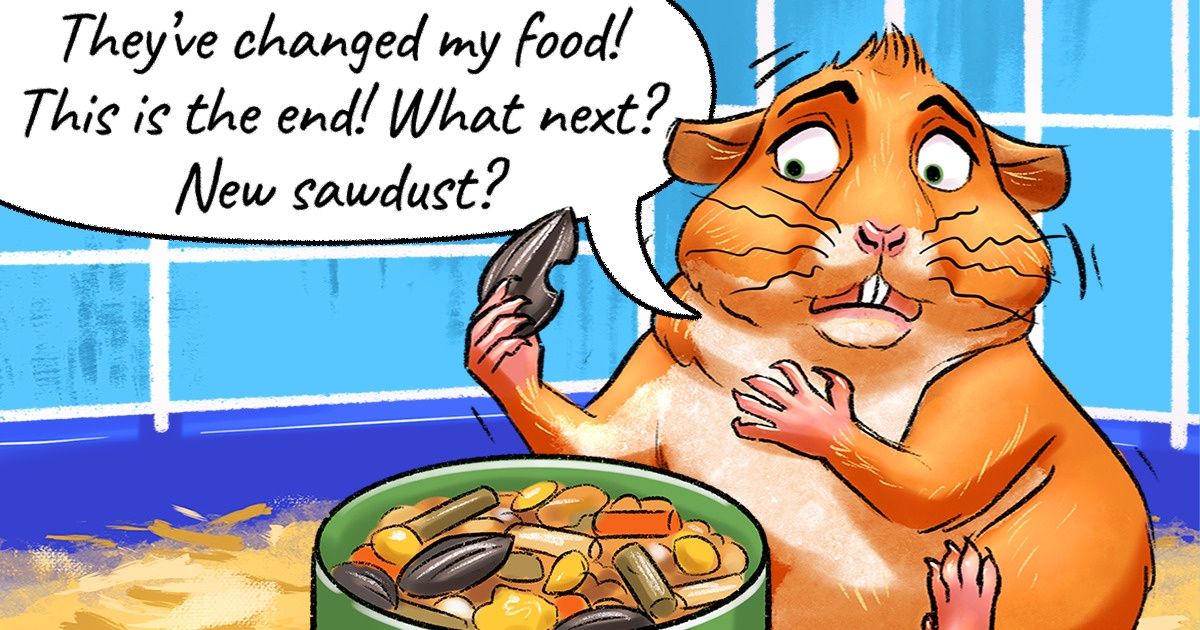
Hamsters like to gnaw on various objects and their cage is no exception. It’s normal and natural behavior, however, sometimes the reasons for it can be quite alarming. Understanding your pet’s motives can help prevent serious issues.
5-Minute Crafts offers 5 widespread reasons that can provoke a hamster to start chewing on the bars of their cage.
1. Sharpening their teeth
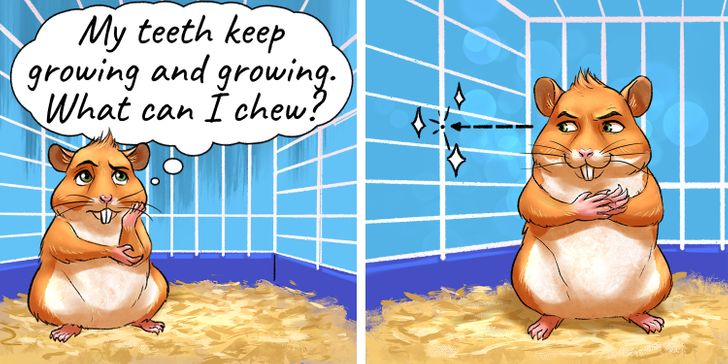
Hamsters’ teeth continuously grow over their short lifespan. That’s why they always have to gnaw on something so that they don’t become too long and cause them discomfort. Sometimes the food that their owner gives them doesn’t provide the necessary teeth grinding, so hamsters start to look for other objects that they can sharpen their teeth on. And that’s when the cage comes to the rescue.
Solution: Provide your hamster with many objects for gnawing. Wood, cardboard, paper, and wicker toys are all good options. However, be careful — don’t opt for objects that can be toxic for your furball.
2. Stress
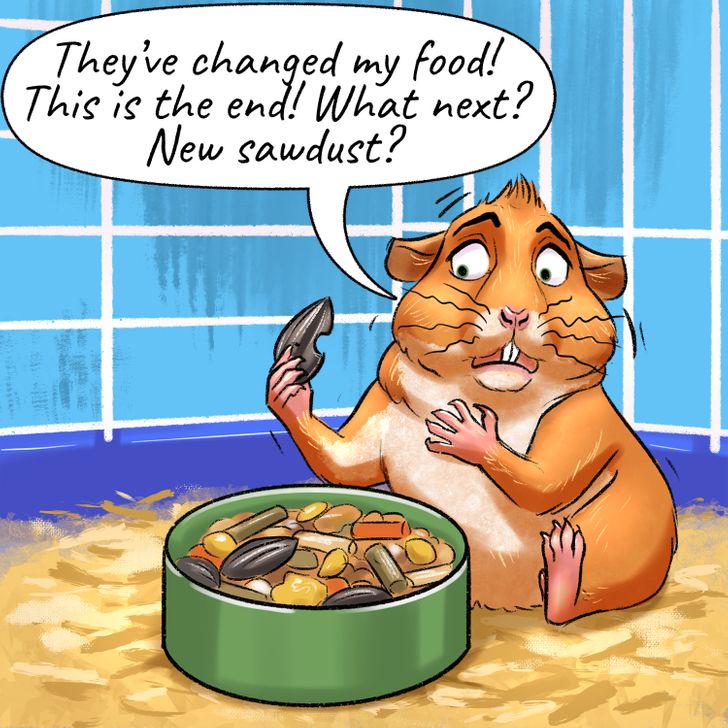
Hamsters are very alert, which makes them easily excitable and prone to stress. They can be frightened by cats who show excess interest in them, kids who don’t know how to treat animals gently, and cages that are too small. Moreover, there are special fillers for cages like the ones made from cedar and pine that can irritate rodents’ lungs and skin. Even changing their food can lead to stress.
Solution: Place the hamster in a room where there will be no irritating factors and they will be able to rest and get occupied without worrying about stressors. Don’t make noise and don’t frighten it. If you notice that your pet has started to chew on their cage more often than usual and has become aggressive, started to drool, or started to go bald and squeak, contact your veterinarian as soon as possible.
3. Boredom
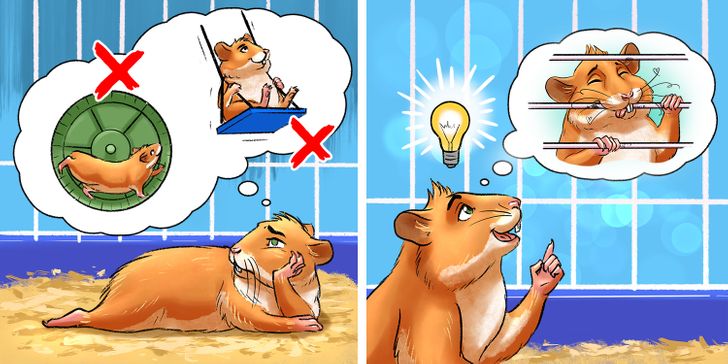
If the hamster lacks entertainment, it can start to chew on the bars from boredom. Just like other pets, these small rodents need mental and physical stimulation. If you isolate them in a small empty cage, they will start entertaining themselves with all possible means out of boredom.
Solution: Get your hamster an exercise wheel and other objects so that it can crawl on them, explore them, and have physical fun with them. Make sure to get some toys for the furball as well.
4. Pleasure
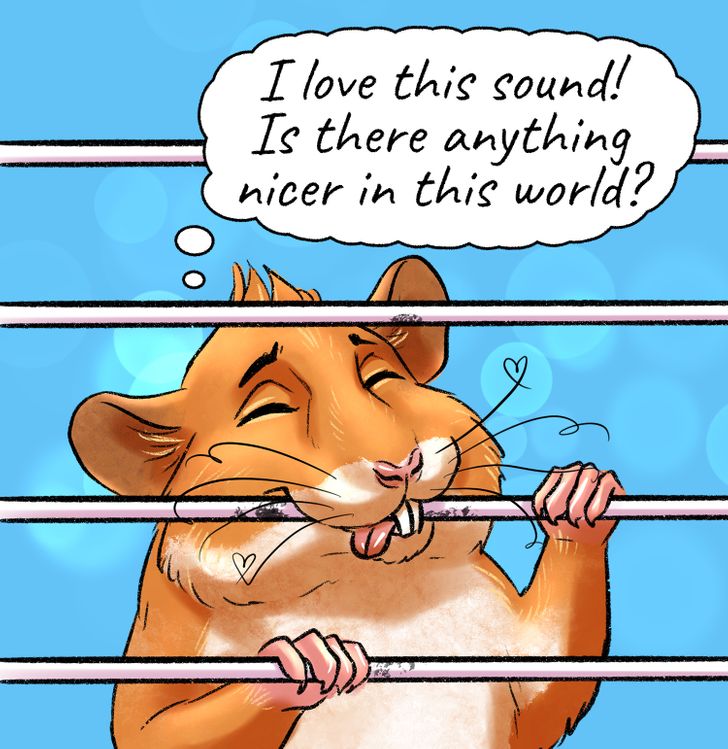
If your hamster likes to gnaw their cage, it will continue doing it. This activity will help the animal let off steam and excess energy. Perhaps the hamster considers it fun as well. In some cases, they simply don’t realize that they are chewing on something, like during sleep for example. Some of them start to chew bars, imitating the actions of their littermates. Moreover, the sound that appears when sharpening their teeth on the bars can be pleasant and soothing. Oftentimes, it’s just a growing-up phase that passes after approximately 6 months.
Solution: Provide your hamster with other sources of joy and buy some knick-knacks for it. If you have run out of all possible choices and failed to succeed, it’s high time you considered getting a bar-free cage for your furball.
5. Escape
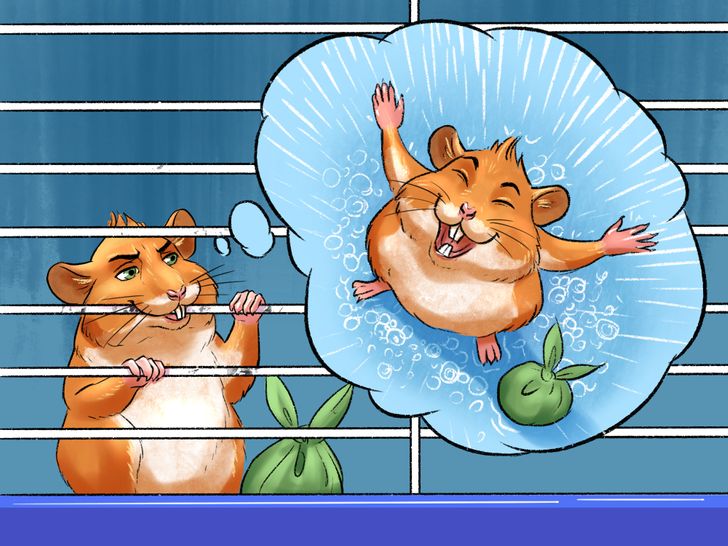
Perhaps one of the most widespread reasons why your hamster is chewing on its cage is that they want to escape. Regardless of how nicely you have equipped its shelter, there is always a reason to explore the territory outside of the cage. The hamster will not likely manage to gnaw the bars completely but still, this fact won’t stop the animal from attempting to do so. After all, hamsters don’t know what metal is all about and that’s why it believes its freedom is only a matter of time, which means it needs to keep chewing on the bars to escape.
Solution: Pay attention to whether there is enough space for your pet in the cage. For example, Golden (Syrian) hamsters need a cage as big as 40×20×20 inches. Staying in a dwelling that is too small can lead to an increase in the gnawing of the bars, as the pet will want to break out of this trap.